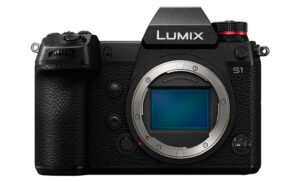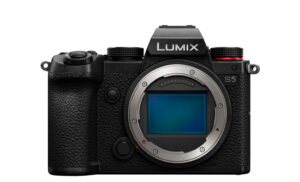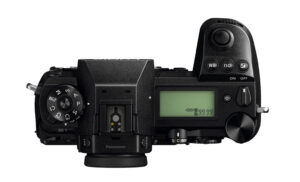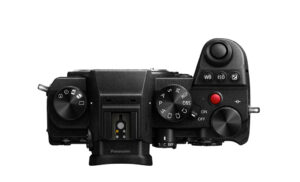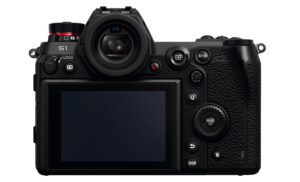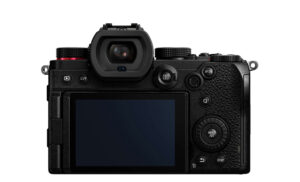After launching its first full-frame mirrorless cameras in early 2019, the S1 and S1R, and later on the video-oriented S1H, Panasonic has unveiled the fourth model in the series, the S5.
This new camera is smaller and similar to the S1 in terms of its specs but it also inherits powerful video capabilities from the S1H. It is the least expensive S model to date (although don’t expect a cheap price). Let’s see how it compares to the Lumix S1.
What the S1 and S5 have in common:
- L-mount
- 24.2MP sensor (35mm format/full frame)
- 5-axis stabilisation and Dual IS up to 6.5Ev of compensation
- High Resolution mode with 96MP output
- 4K up to 60p with a 1.5x crop
- 4K up to 30p with 10-bit 4:2:2 internal recording
- 1080p up to 180fps
- 4K Photo (60fps) and 6K Photo (30fps)
- 2.4/5GHz Wifi and Bluetooth 4.2
- Weather sealing
Ethics statement: The information found in this article is based on official specifications for the S5 and our hands-on experience with the S1. We were not asked to write anything about these cameras, nor were we provided with any sort of compensation. Within the article, there are affiliate links. If you decided to buy something after clicking the link, we will receive a small commission. To know more about our ethics, you can visit our full disclosure page. Thank you!
1. Size and design
One of the criticisms received by Panasonic concerning the S1 and S1R was the large body size and weight, which discouraged many users accustomed to the smaller dimensions of the Sony A7 series and other mirrorless products.
It looks like the company has listened, and the S5 is significantly smaller than the S1. In fact it is slightly smaller than the Lumix GH5 micro four thirds camera!
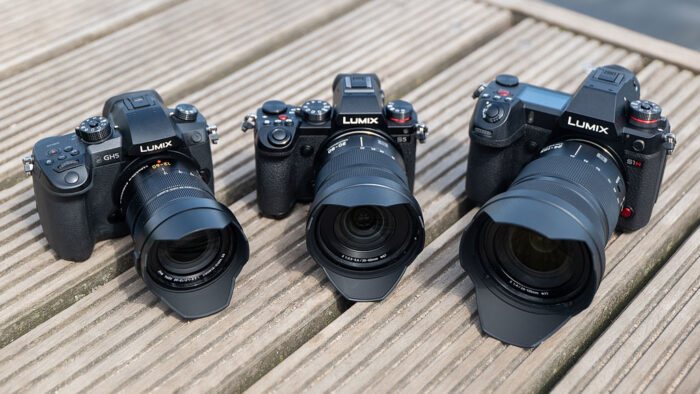
As you can see below, the S1 is bulkier but also retains a bigger front grip.
The S5 has fewer buttons: it loses one function button, the custom lever on the front, and the lock switch on the rear. There is no LCD screen on top but it has a larger “all red” movie recording button, whereas the S1 equivalent button is found on the rear next to viewfinder.
2. Viewfinder and LCD screen
One significant downgrade for the S5 is the EVF: it has 2.36M dots, which is quite a bit lower than the excellent 5.76M dots panel found on the S1 and S1R. You can also notice below the rounded shape of the eye rest on the S1/S1R model.
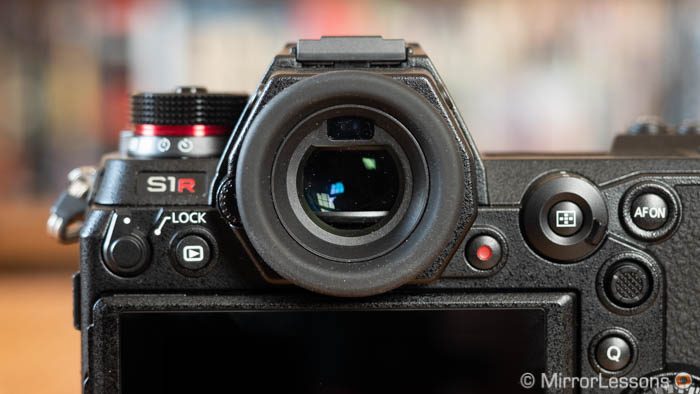
The magnification is also lower (0.74x vs 0.78x on the S1) but the refresh rate remains the same at 60/120hz, and the lag time is only 5ms.
Another difference concerns the rear: whereas the LCD screen of the S1 can be moved on three axes, the one on the S5 has the classic multi-angle mechanism.
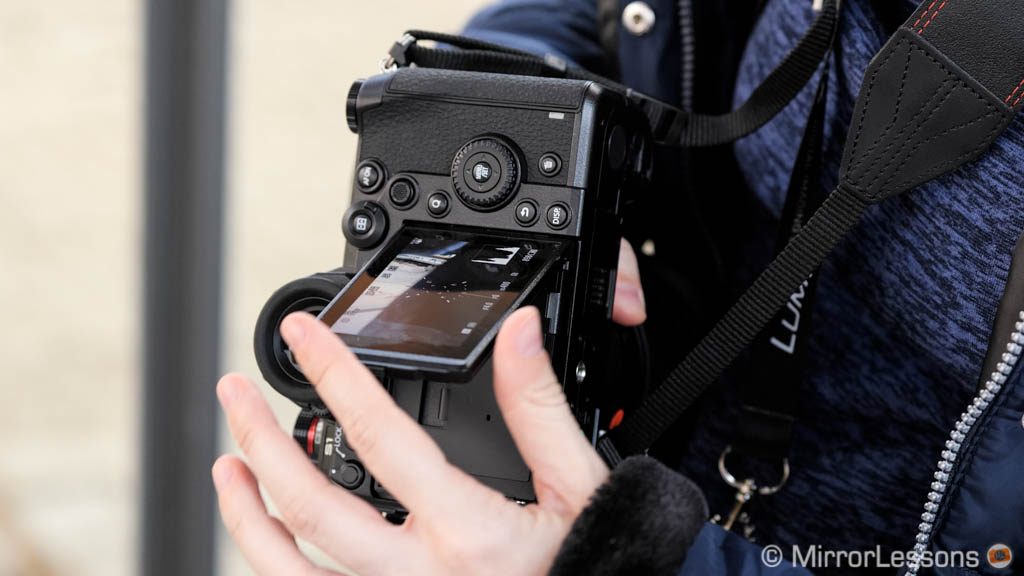
The screen is smaller on the S5 (3.0-in vs 3.2-in on the S1) but the resolution is similar (1.84M vs 2.1M dots).
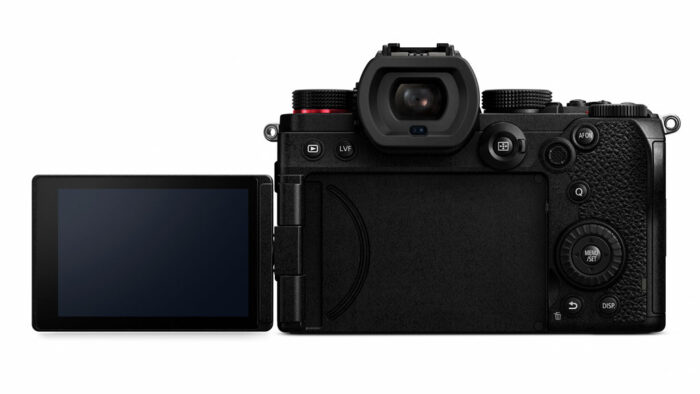
3. Memory cards
The S1 has two memory card slots: one takes the XQD/CFexpress card, whereas the other is compatible with SD UHS-II cards.

The S5 uses two SD card slots and the first one is compatible with UHS-II (it is a shame the second one isn’t).
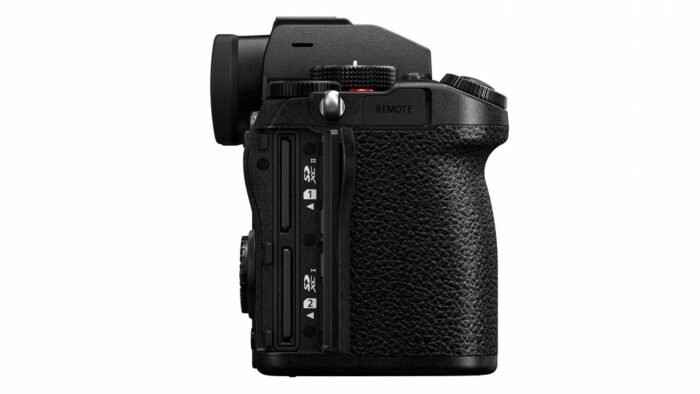
4. Battery
The smaller body size means a smaller battery, and indeed the S5 has a unit with just 2,200mAh whereas the S1 uses one with 3050mAh.
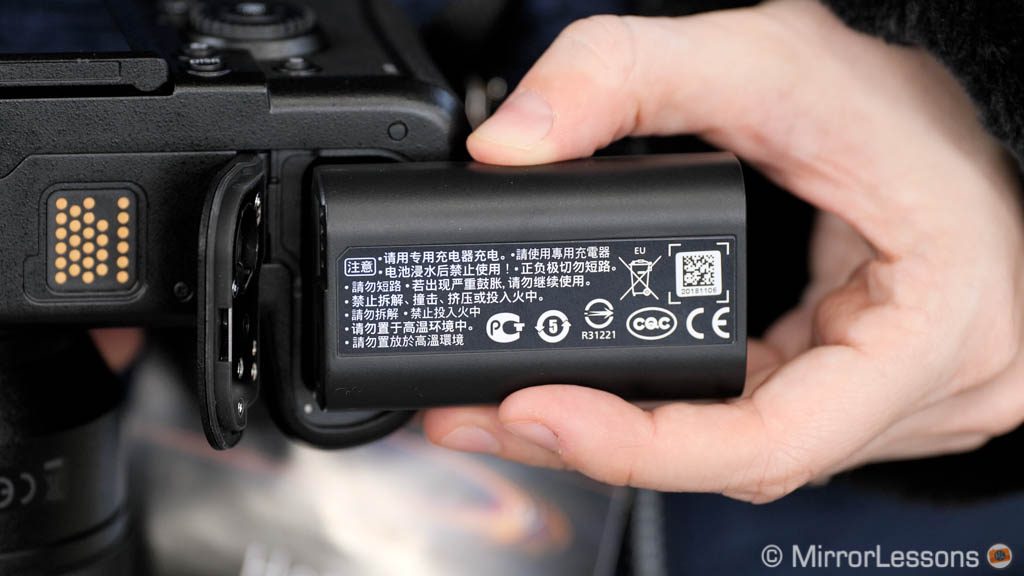
That said, it looks like the S5 is more efficient in terms of power management. The official rating is 470 shots with a single charge (440 using the rear monitor, 1500 in Power Save LVF mode).
By contrast, the S1 can do 380 shots (LCD), 360 shots (EVF) or 1100 images with the power saving mode.
Both cameras can be charged or powered over USB. A dedicated battery grip is available for each model.
5. Dual Native ISO
Both cameras have an ISO range of 100 to 51200 (50 to 204800 if we include the extended values), but only the S5 has Dual Native ISO.
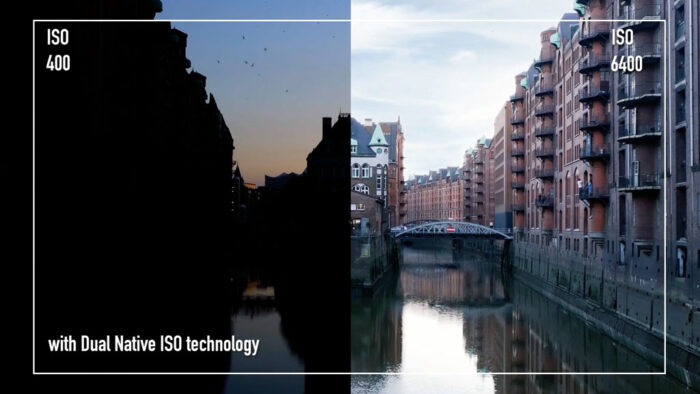
Whereas the S1 has one native value (ISO 640), the S5 has two: ISO 640 and ISO 4000. So when you take pictures at 25600 ISO for example, the S5 amplifies the gain from the second circuitry (4000 ISO) rather than 640 ISO like the S1. This means less amplification (+2 and 2/3 stops rather than +5 and 1/3 stops) and less noise at high sensitivities.
Update: Panasonic has announced firmware 2.0 for the S1 which, among other things, will allow the users to “manually switch the Dual Native ISO settings“. So it looks like the S1 also has the dual Native ISO capability. I’m not sure why the company hasn’t made this clear from the start.
6. Autofocus algorithm
Panasonic continues to develop its DfD contrast detection autofocus system, which gains an improved algorithm and more deep learning technology with the S5. For example it can detect heads in addition to eyes and faces, which means it should do a better job of tracking a person even if he or she turns away from the camera. It can also detect a smaller subject in the frame (2.5% vs 5% on the S1).
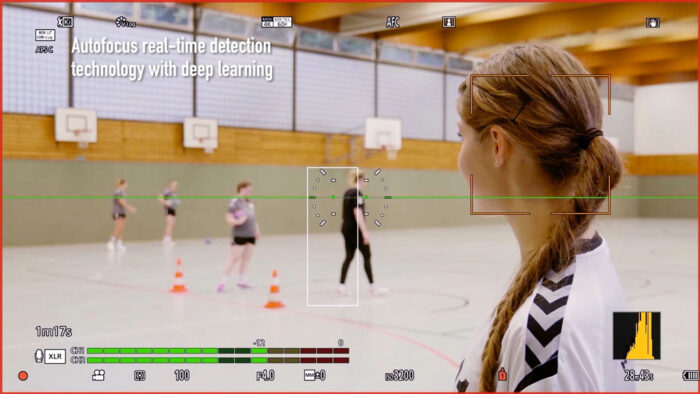
According to Dpreview, the S5 seems to work better in video mode with less hunting and pulsing in comparison to other Lumix S cameras.
7. Continuous shooting speeds
A small difference here, but the S1 can shoot up to 9fps, or 6fps with AF tracking.
The S5 does 7fps and 5fps respectively.
8. Video
This is certainly the area where the S5 has received the most important upgrades, and it’s not surprising given how much attention Panasonic gives to video.
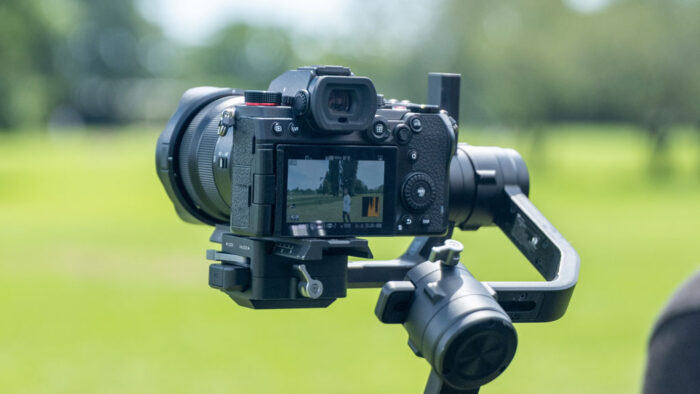
Both cameras can shoot 4K up to 60p (with a 1.5x crop) and 4K up to 30p with the full width of the sensor and oversampling.
4K 50/60p, and 4K at 10-bit 4:2:2 are limited to 30 minutes per clip. 4K up to 30p in 8-bit has unlimited recording on both cameras.
The first difference is the bit depth: the S5 can do 10-bit 4:2:0 at 50/60p, and 10-bit 4:2:2 up to 30p. The S1 also has a 10-bit option up to 30p, but it is only available with the HLG and V-Log profiles.
Speaking of V-Log, it is a paid upgrade for the S1 whereas the S5 is shipped with the setting already installed.
A future firmware update will bring many exciting things on the S5, including RAW output via HDMI (optional Atomos Ninja V recorder needed), DCI aspect ratio, 3.5K anamorphic and various options such as vector scope, master pedestal and more.
9. Live view composite
A first for the S series, the S5 has a Live View Composite mode that allows you to to take and see in real time a series of images where only the bright pixels are saved. Seen on many Olympus cameras, and some Panasonic micro four thirds cameras too, it’s a nice feature to take long exposures (star trails, light painting, fireworks etc.).
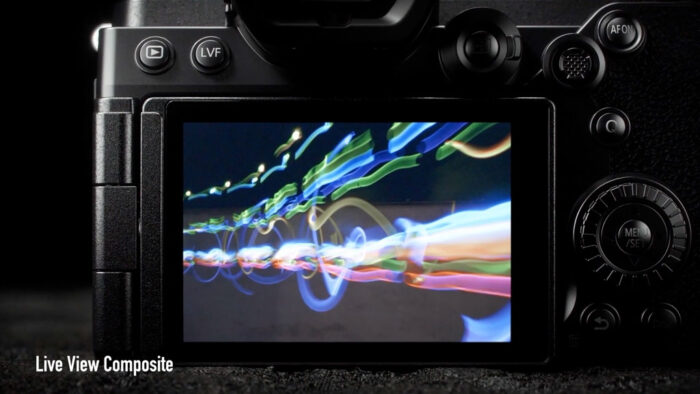
10. Price
The S1 can be found at a retail price of $2500 / £2400 / €2200 (body only). The camera has seen small reductions in price despite being more than one year old. You can of course find it second-hand if you want to save some money.
The new S5 starts at $2000 / £1800 / €2000 body only. Despite having more features for video, the price is lower than the S1 and more competitive against other mirrorless cameras of a similar level.
In fact, if video is your main interest, the S5 is much cheaper than the recently announced Sony A7S III, although the latter can record 4K up to 120fps, has phase detection autofocus and fewer recording limitations.
Conclusion
With the Lumix S5, Panasonic seems to have corrected a few things that made its previous full-frame models less popular than they deserved. We have a lower price, more functionalities for video and a smaller body.
Despite having good photography features, there is no question that video is the main focus of this camera, as it inherits features from the more expensive “Netflix-approved” S1H.
If we put it against some recently announced models with great video capabilities like the A7S III or the EOS R5, the S5 certainly has affordability on its side (and hopefully no overheating issues like the Canon).
However the DfD autofocus has a bad reputation for video, and despite the improvements Panasonic claims to have made, I’m afraid a big gap still exists with the competition’s phase detection technology. But if you don’t rely on autofocus for video all that much, then the S5 looks like a promising offer.
Reminder: the links below are affiliate links. If you decided to buy something after clicking the link, we will receive a small commission.
Check the price of the Lumix S1 on B&H Photo
Check the price of the Lumix S5 on B&H Photo

